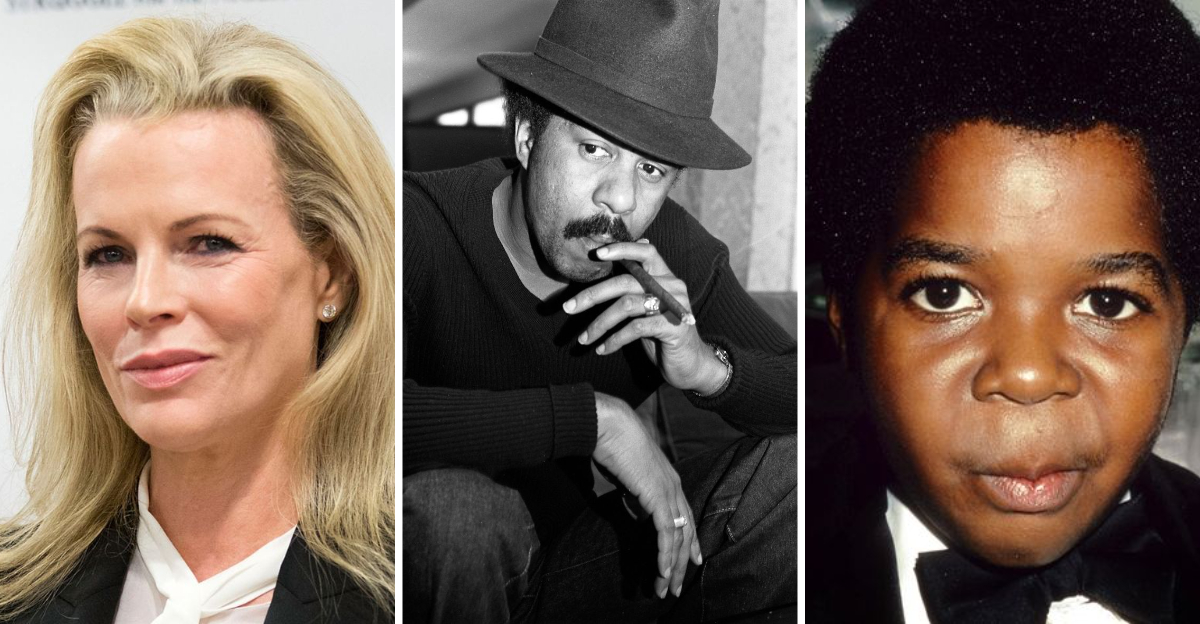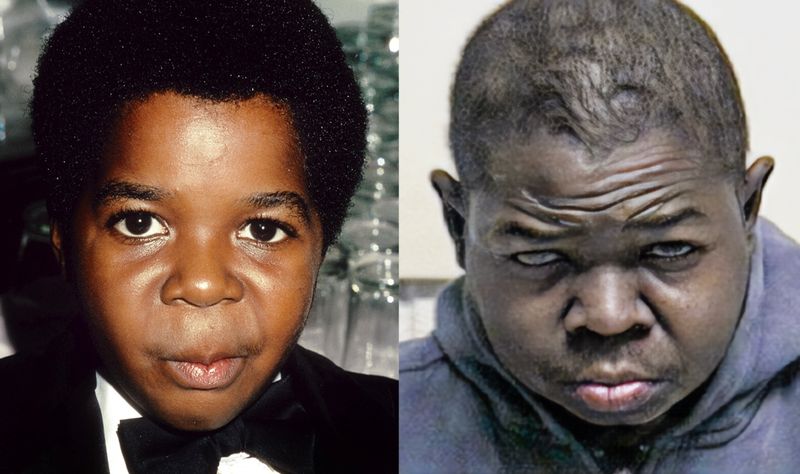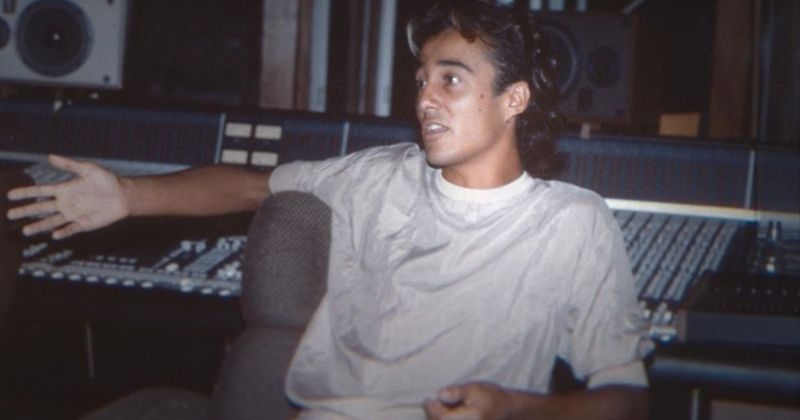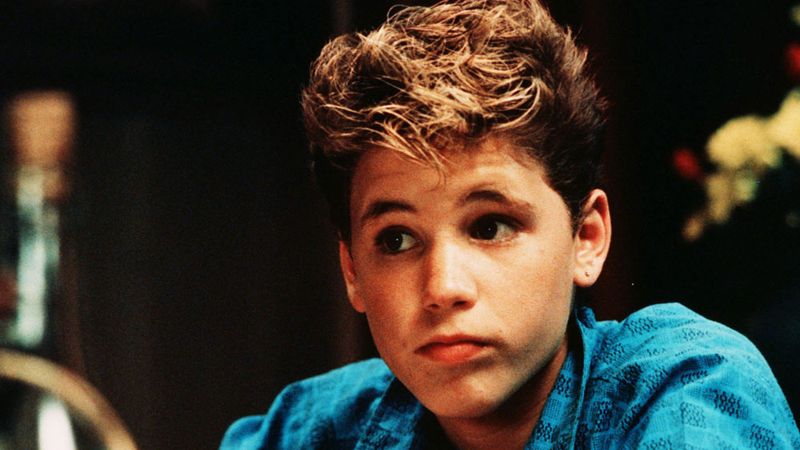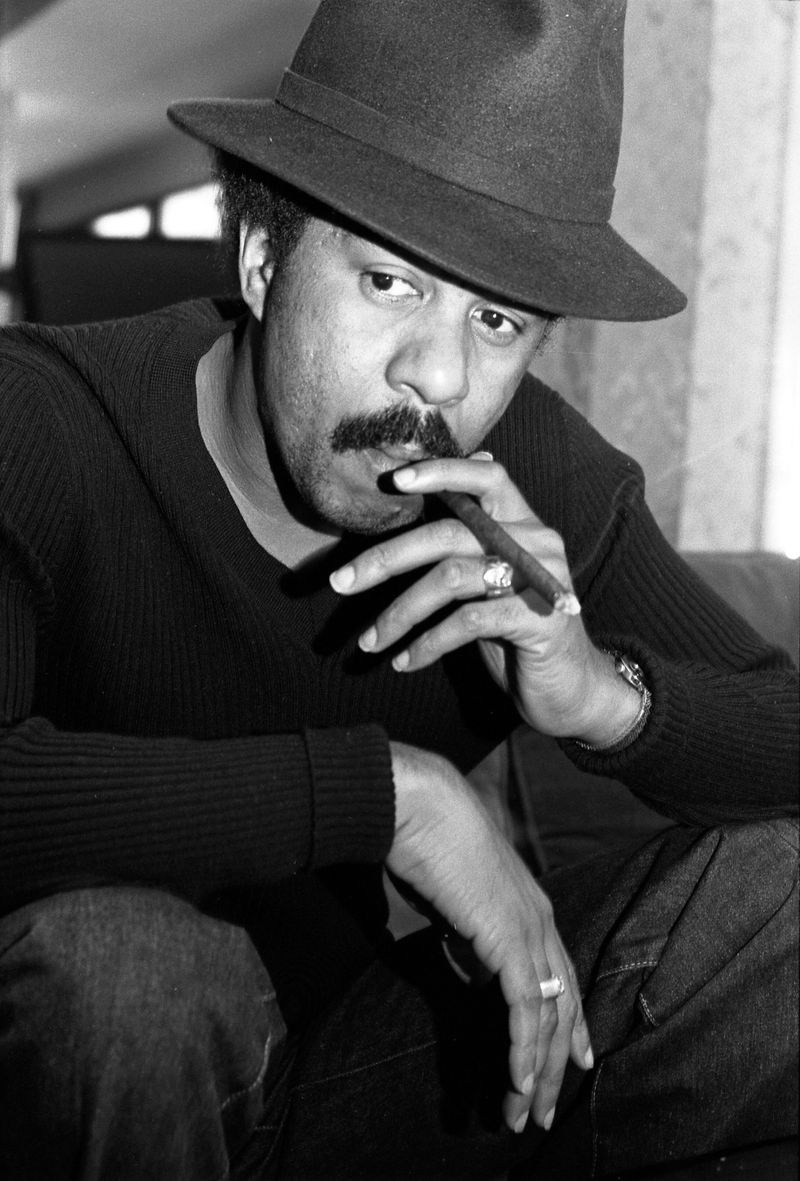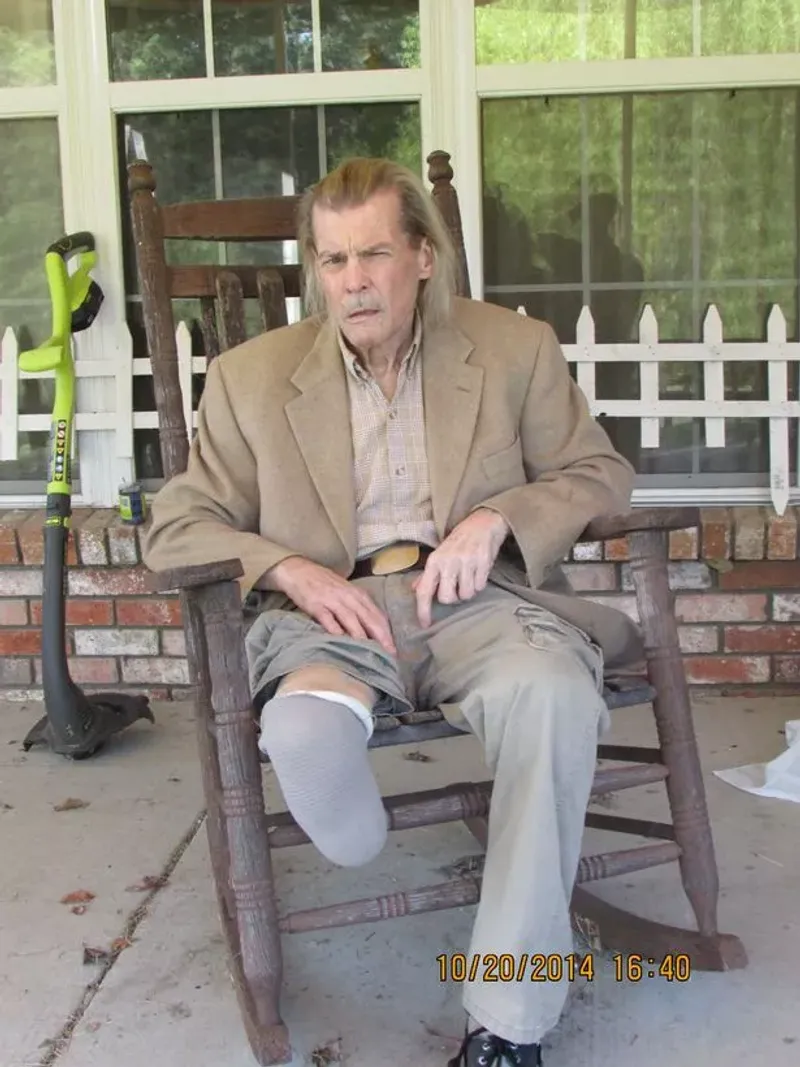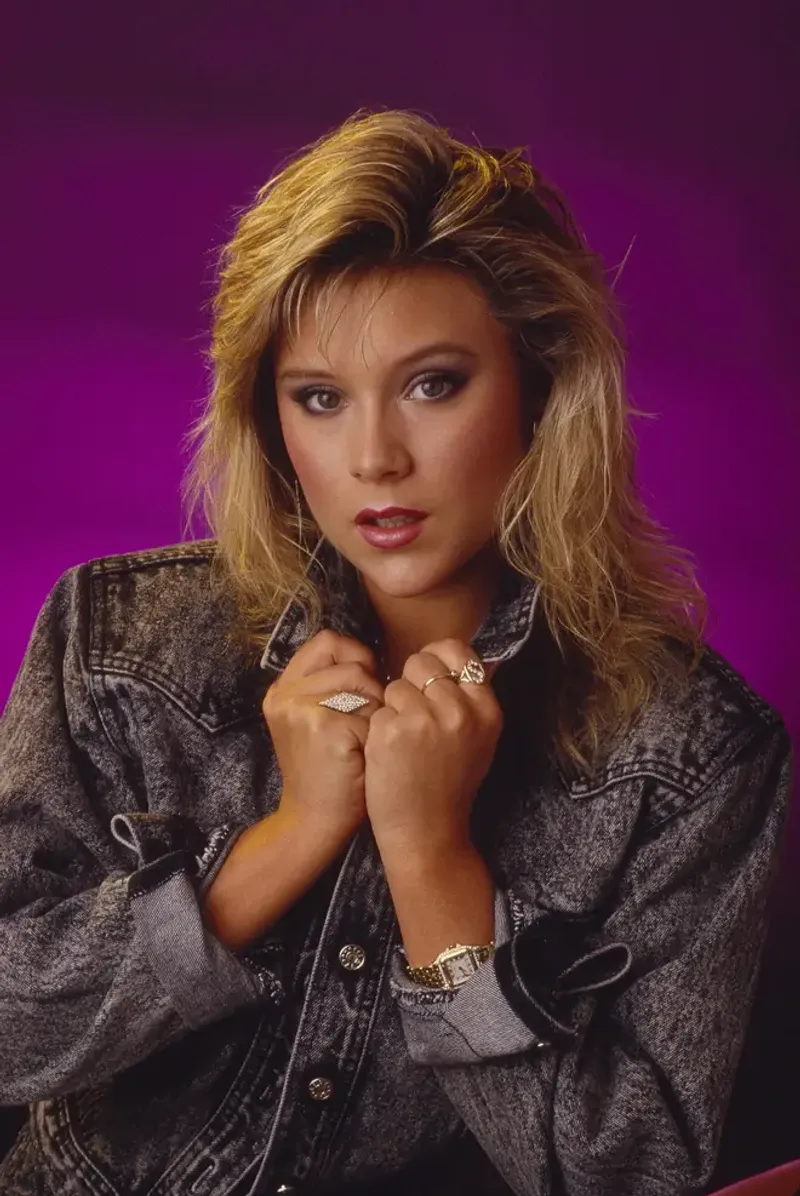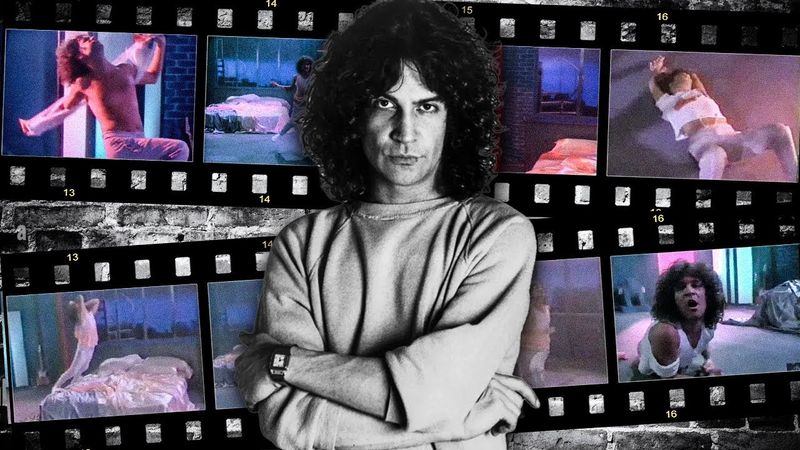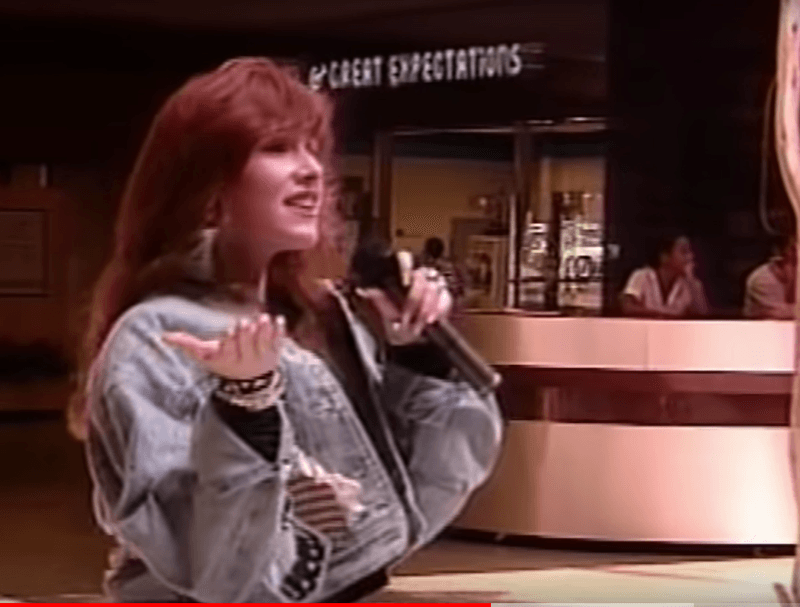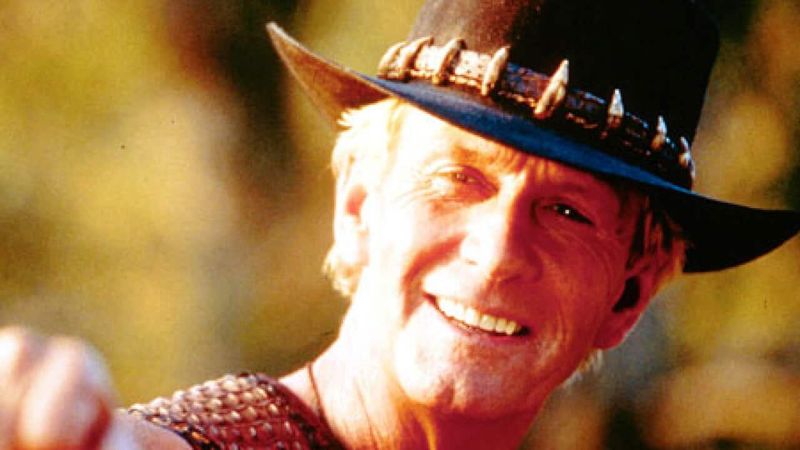The 1980s was a decade of excess, neon, and massive celebrity fortunes. Fame came fast for many stars who rode high on the cultural wave of big hair, bigger paychecks, and seemingly limitless opportunities. But for some celebrities, their time in the spotlight proved temporary. These stars reached incredible heights only to experience dramatic falls through bad decisions, changing tastes, or personal demons.
1. Gary Coleman: The Child Star Who Lost His Fortune
Once commanding $100,000 per episode on “Diff’rent Strokes,” Gary Coleman became the poster child for childhood stardom gone wrong. His famous catchphrase “What’chu talkin’ ’bout, Willis?” made him a household name and multimillionaire by age 10.
Behind the scenes, Coleman’s parents and advisors mismanaged his $18 million fortune. Legal battles drained what remained, forcing the diminutive star to work security jobs to make ends meet. By 1999, bankruptcy papers revealed the devastating truth – the once-wealthy actor had just $100 to his name.
Coleman’s story serves as a cautionary tale about the vulnerability of child actors. Until his death in 2010, he remained a symbol of the darker side of early fame.
2. Tatum O’Neal: The Oscar Winner Who Tumbled From Grace
At just ten years old, Tatum O’Neal became the youngest person ever to win an Academy Award for “Paper Moon.” The 1980s should have cemented her place in Hollywood royalty with roles in “Little Darlings” and “Certain Fury.” Instead, her star dimmed dramatically.
Cocaine addiction gripped the young actress, derailing what promised to be a legendary career. Her tumultuous relationship with tennis bad boy John McEnroe generated more headlines than her acting. Their divorce in 1994 marked another painful chapter in her spiral.
The daughter of actor Ryan O’Neal eventually documented her struggles in her memoir “A Paper Life,” revealing the toll that early fame, addiction, and family dysfunction took on her once-brilliant career prospects.
3. Andrew Ridgeley: Wham!’s Forgotten Half
While George Michael ascended to solo superstardom, Andrew Ridgeley—the other half of pop sensation Wham!—vanished from the music scene almost overnight. Their farewell concert at Wembley Stadium in 1986 marked the end of an era and the beginning of Ridgeley’s retreat from fame.
His 1990 solo album “Son of Albert” flopped spectacularly, selling a mere 13,000 copies. Critics savaged it, and his record label quickly dropped him. Rather than chase the spotlight, Ridgeley made a surprising choice.
He embraced obscurity, moving to Cornwall to surf and live quietly off his Wham! royalties. The man who once performed “Wake Me Up Before You Go-Go” before screaming fans chose peace over perseverance, becoming one of pop’s most notable voluntary disappearing acts.
4. Corey Haim: The Teen Idol Consumed by Hollywood’s Dark Side
With his boyish charm and vulnerable screen presence, Corey Haim embodied 1980s teen heartthrob status. Films like “Lucas,” “The Lost Boys,” and “License to Drive” made him a fixture on bedroom walls nationwide. At his peak, he commanded $250,000 per film.
Stardom’s underbelly caught up with Haim quickly. Prescription drug addiction began at just 15 during a film shoot. By the early ’90s, his career lay in ruins, reduced to direct-to-video flops and painful public appearances.
Despite multiple rehab attempts, Haim never recaptured his former glory. His death in 2010 at age 38 from pneumonia, with his body weakened by years of substance abuse, ended one of Hollywood’s most tragic cautionary tales of youthful success followed by devastating decline.
5. Kim Basinger: The Actress Who Bought a Town and Lost It All
Fresh off her sultry performance in “9½ Weeks” and blockbuster turn in “Batman,” Kim Basinger made a decision that epitomized ’80s excess. In 1989, she purchased the entire town of Braselton, Georgia, for $20 million. Her vision? Transform the sleepy hamlet into a tourist destination with film studios and festivals.
Reality hit hard when her career stumbled. Backing out of the controversial film “Boxing Helena” triggered a devastating lawsuit. The court ordered her to pay Main Line Pictures $8.1 million in damages, forcing her into bankruptcy by 1993.
Basinger had to sell Braselton for a fraction of her investment. The town that was supposed to be her legacy became instead a symbol of Hollywood hubris and financial overreach. She eventually rebuilt her career, but the financial wound ran deep.
6. Richard Pryor: Comedy Genius Derailed by Personal Demons
Richard Pryor revolutionized comedy in the 1970s and commanded Hollywood’s respect throughout the 1980s. His groundbreaking concert films and movies like “Stir Crazy” made him one of the highest-paid Black entertainers in history. At his peak, he earned $4 million per film.
Behind the success lurked devastating personal problems. A near-fatal freebasing accident in 1980 that left him with burns over 50% of his body marked the beginning of his decline. Multiple sclerosis diagnosed in 1986 gradually robbed him of mobility and eventually his ability to perform.
Three costly divorces, ongoing addiction struggles, and mounting medical bills drained his once-substantial fortune. By the 1990s, the man once considered comedy’s greatest voice found himself physically diminished and financially compromised, a shadow of his former iconic self.
7. Debbie Gibson: Teen Pop Princess Dethroned by Changing Tastes
Debbie Gibson burst onto the charts in 1987 with “Only in My Dreams,” writing and producing her own music at just 16. Her electric blend of bubblegum pop and dance beats made her the youngest artist ever to write, produce, and perform a #1 hit. By 1989, she was touring arenas worldwide.
The ’90s brought a swift and brutal reversal of fortune. Grunge and hip-hop rendered her wholesome pop image obsolete overnight. Her 1993 album “Body Mind Soul” barely made the charts, and her label soon dropped her.
Unlike many teen stars, Gibson pivoted gracefully to Broadway, starring in productions like “Les Misérables” and “Beauty and the Beast.” Though she never recaptured her pop culture dominance, she avoided the financial and personal collapse that befell many of her contemporaries, finding new artistic outlets instead.
8. Jan-Michael Vincent: TV’s Highest-Paid Actor Who Lost Everything
As helicopter pilot Stringfellow Hawke on “Airwolf,” Jan-Michael Vincent soared to television stardom and unprecedented wealth. His $200,000 per episode salary in 1984 made him the highest-paid actor on TV – equivalent to over $500,000 today. With his chiseled good looks and quiet intensity, Hollywood seemed his for the taking.
Alcohol and cocaine addiction quickly unraveled everything. On-set incidents and arrests made him uninsurable. A near-fatal car crash in 1996 required multiple surgeries and left him permanently disfigured.
By the early 2000s, Vincent was living in poverty, his right leg amputated due to infection. When he died in 2019, few recognized the homeless-looking man as the same actor who once commanded television’s most generous paycheck and flew high in one of the ’80s most iconic series.
9. Samantha Fox: The Page 3 Girl Who Topped the Charts Then Disappeared
Samantha Fox executed one of the ’80s most remarkable career transitions – from topless tabloid model to legitimate pop star. Her 1986 hit “Touch Me (I Want Your Body)” topped charts in 17 countries. For a brief moment, the former Page 3 girl seemed poised for Madonna-level stardom.
Music industry sexism and changing pop trends conspired against her. Record executives controlled her image and sound, preventing artistic growth. By the early ’90s, her singles barely charted, and her label dropped her unceremoniously.
Financial mismanagement by her father/manager Patrick left her nearly bankrupt. Fox eventually rebuilt a modest career through reality TV appearances and LGBTQ+ advocacy after coming out. Though she performs on nostalgia tours today, the superstardom that once seemed inevitable remains a brief, bright chapter in her complicated story.
10. Emmanuel Lewis: The ‘Webster’ Star Who Chose Normalcy Over Fame
Standing just 4’3″ due to a medical condition, Emmanuel Lewis charmed America as the adorable adoptee on the sitcom “Webster.” At the height of his fame, he earned $25,000 per episode and formed an unlikely friendship with Michael Jackson. Toy companies created dolls in his image while cereal boxes featured his smiling face.
Unlike many child stars, Lewis didn’t crash and burn spectacularly. His show ended in 1989, and Hollywood’s interest in him simply evaporated. Rather than chase diminishing returns in entertainment, Lewis made a surprising choice.
He enrolled at Clark Atlanta University and largely retreated from public life. Though he occasionally appears in reality TV or commercials, Lewis deliberately stepped away from the spotlight that once shone so brightly on him, choosing education and privacy over the fickle nature of fame.
11. Billy Squier: Rock Star Derailed by One Disastrous Music Video
Few rock careers imploded as spectacularly—or as quickly—as Billy Squier’s. His 1981 album “Don’t Say No” sold over 4 million copies, making him arena rock royalty. Follow-up hits like “Everybody Wants You” cemented his status as one of rock’s most bankable stars.
Then came the infamous “Rock Me Tonite” music video in 1984. The clip featured Squier prancing around a bedroom in a pink tank top, making suggestive moves that contradicted his masculine rock image. MTV put it in heavy rotation—for all the wrong reasons.
Concert attendance plummeted overnight. The once-unstoppable rocker watched his career disintegrate after just four minutes of footage. Though he continued recording, Squier never recovered from what he later called “the kiss of death.” A cautionary tale about how quickly rock stardom can evaporate.
12. Leif Garrett: The Teen Idol Who Crashed Before the ’80s Ended
Leif Garrett entered the 1980s as one of America’s most established teen idols. His feathered hair and dreamy smile had already graced countless magazine covers throughout the late ’70s. Record companies and TV producers eagerly cast him, banking on his devoted fan base.
His spectacular fall began with a tragic 1979 car accident that left his passenger paralyzed. The incident haunted him as he battled escalating drug problems. By mid-decade, Garrett’s once-pristine image lay in tatters, his music career effectively finished.
Multiple arrests followed, including a notorious 1990s bust in an LA subway station buying drugs from undercover officers. The former heartthrob became a cautionary tale, appearing on reality shows like “Celebrity Rehab” where he confronted his demons publicly. His transformation from teen dream to troubled tabloid fixture represents one of pop culture’s most dramatic downfalls.
13. Tiffany: The Mall Tour Queen Whose Spotlight Quickly Dimmed
Flame-haired Tiffany Darwish revolutionized music marketing with her innovative shopping mall tours in 1987. The strategy turned her cover of “I Think We’re Alone Now” into a #1 hit and made the 16-year-old an overnight sensation. Her self-titled debut album sold over 4 million copies.
Her fall came as swiftly as her rise. A bitter legal battle to emancipate from her mother damaged her wholesome image. Rival teen queen Debbie Gibson often overshadowed her in the press. By her 1988 sophomore album, the public had already begun losing interest.
The ’90s brought a devastating commercial decline. Her 1990 album “New Inside” barely cracked the Billboard 200. Attempts to mature her image with a 1991 Playboy spread backfired professionally. The singer who once packed America’s shopping centers found herself performing in increasingly smaller venues as the decade progressed.
14. Paul Hogan: ‘Crocodile Dundee’ Star Who Battled the Tax Man
G’day became goodbye for Paul Hogan’s Hollywood career faster than anyone expected. His 1986 fish-out-of-water comedy “Crocodile Dundee” grossed over $328 million worldwide, making it Australia’s most successful film ever. Overnight, the former Sydney Harbour Bridge rigger became an international star at age 47.
Two increasingly disappointing sequels followed. By the mid-90s, studios stopped calling the once-hot property. A more serious problem emerged when Australian tax authorities launched a massive investigation into Hogan in 2003, claiming he owed millions in unpaid taxes.
The bitter dispute prevented Hogan from returning to Australia for years without risking arrest. Though eventually settled, the tax battle drained his finances and energy. The man who once defined Australian charm to global audiences retreated into semi-retirement, his brief moment of superstardom becoming a distant memory.
